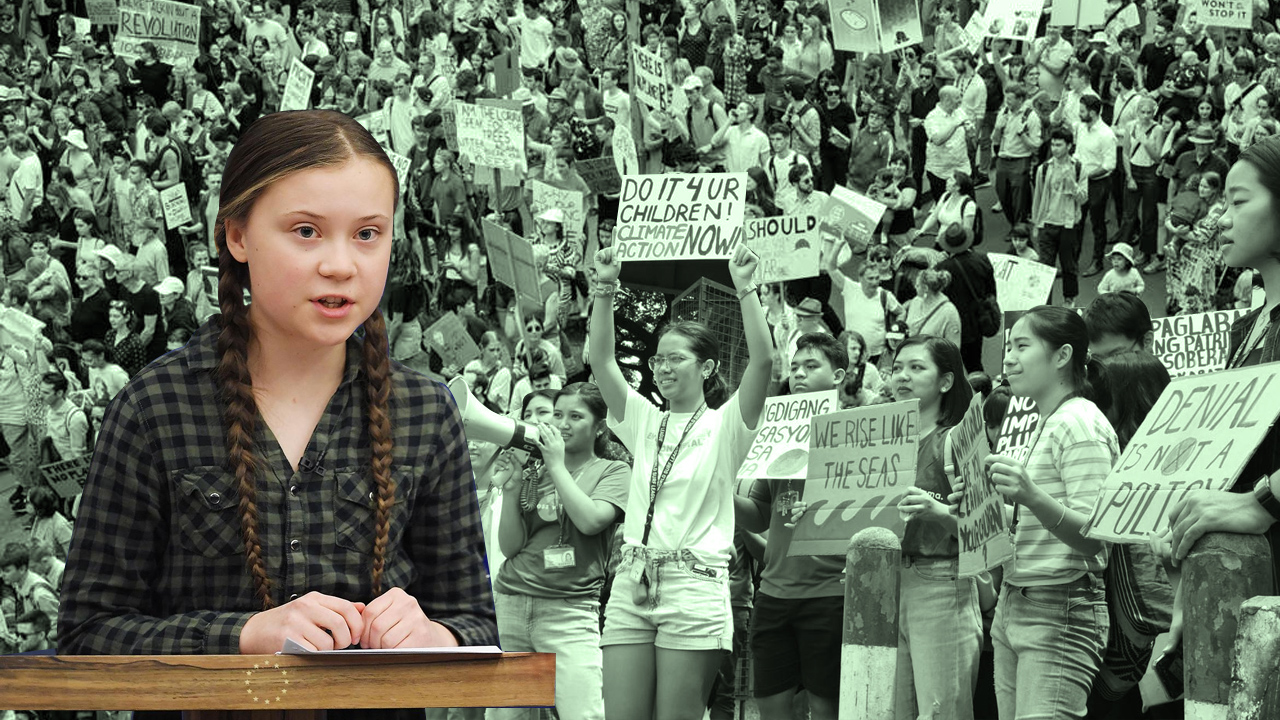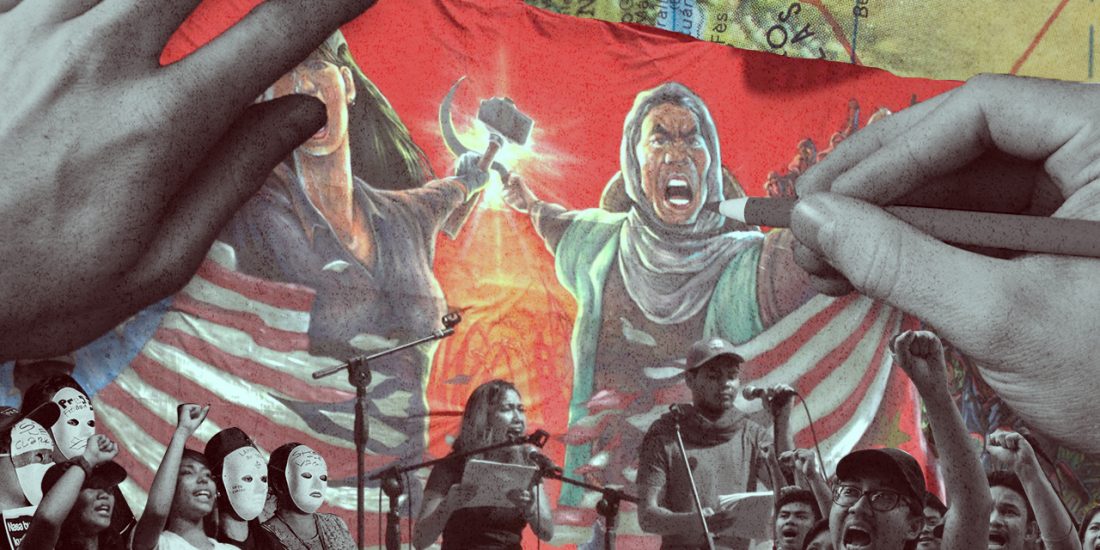Understanding the youth and the global climate strike
This September 20 marks the beginning of the global climate strike, a movement urging decision-makers to make immediate action to climate crisis. With 2,500 events scheduled in the Global Climate Strike website, the global movement will be culminating until September 27.
Millions are taking part in the global climate strikes worldwide. Students and adults along with humanitarian groups and environmental organizations dedicated to environmental awareness are participating in over 150 countries, including the Philippines. Some are calling the strikes as the biggest mass protests in the history of the climate crisis.
Why is this happening?
The global climate strike started from a 16-year-old climate activist Greta Thunberg, an influential figure on raising environmental awareness through her Fridays For Future, which is a movement that began in August 2018 as protest against the Swedish parliament for lack of action on climate crisis.
Thunberg turned to Instagram and Twitter in spreading awareness through posting photos of her activities to gather other people for her advocacy, which paid off when local journalists and other people joined her in the Swedish National Elections in September 2018. Thunberg has then inspired other young environmentalists around the world which led to the first environment-related protest with 2,300 school strikes in over 130 countries last May.
The global climate strike last September 20 has been a call for collective call to action, encouraging the youth in demanding to act now on the climate crisis that the world is facing today. This movement is appealing an end to the age of fossil fuels that causes the planet to get hotter, which is already hurting millions of people around the world.
What happened in the climate strike in the Philippines?
The Philippines is one of the 150 countries taking part in the global climate strikes. With several scheduled strikes happening around the country, the Filipino youth joins in the movement calling for the Philippine government to declare a climate emergency, with Youth Strike 4 Climate Philippines leading the event.
The Youth Strike 4 Climate Philippines is a national youth movement that aims to empower young people to take action in addressing the effects of climate change. Along with the Youth Strike 4 Climate Philippines, other local organizations participating in the global climate strikes happening in the country include Zero Waste Pilipinas, Ilocos Norte Movement Against Plastic Pollution, Kidlikasan, Panay Youth Strike, Youth for Climate Hope, and Young BEAN.
Why should we take the youth’s impact seriously?
Greta Thunberg’s advocacy in raising environmental awareness has inspired one of the biggest mass protests in the history of the climate crisis. Through the use of social media in promoting her advocacy, she has used her voice to reach out to young people like her to let the voice of the youth be heard. Although she is young, she had made a difference through fighting for a cause she believes in, which is just the start of the solution. The New Yorker columnist Masha Gessen calls her a “climate activist who is demanding a new kind of politics” for skipping school as protest calling radical action from the Swedish government.
“Sometimes the world makes so little sense that the only thing to do is engage in civil disobedience,” Gessen writes.
***
As the youth gradually becomes more aware of the problems that the world faces today, their voice becomes more important than ever—and louder than ever.
In Greta Thunberg’s speech to New York climate strike, she stated, “We are a wave of change. Together we are unstoppable.” The global climate strike led by the youth shows the impact of their voice, saying that despite their age, they can make a difference.
The youth speaking out is just the beginning. What actually matters is the action to solve the problem, but the thing is, it has to start from somewhere, from someone.
2018 | 2019 pic.twitter.com/zH0vNClPRQ
— James Shield (@jshield) September 20, 2019




